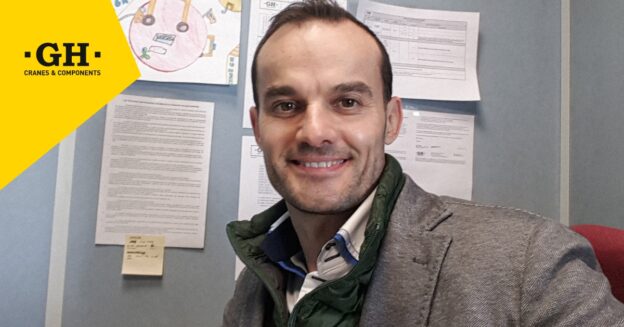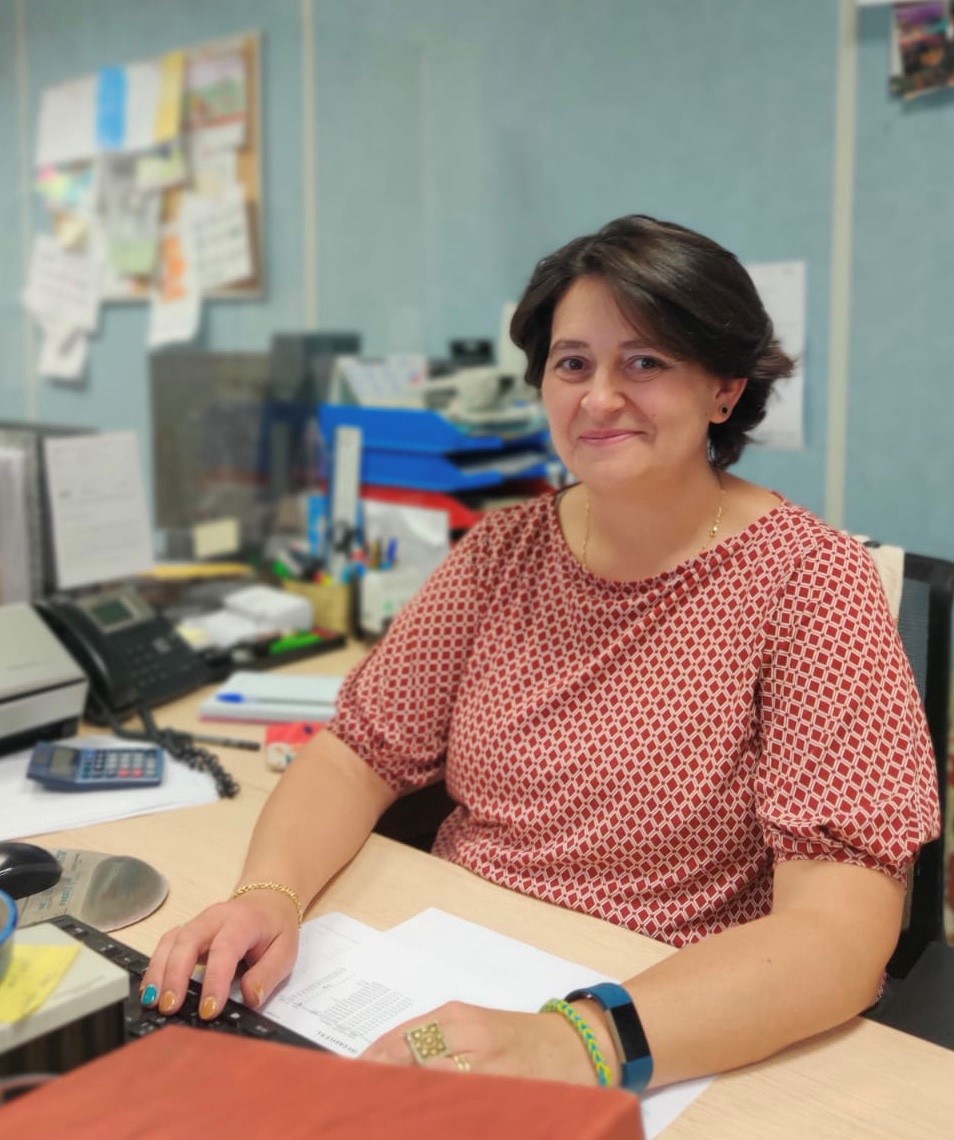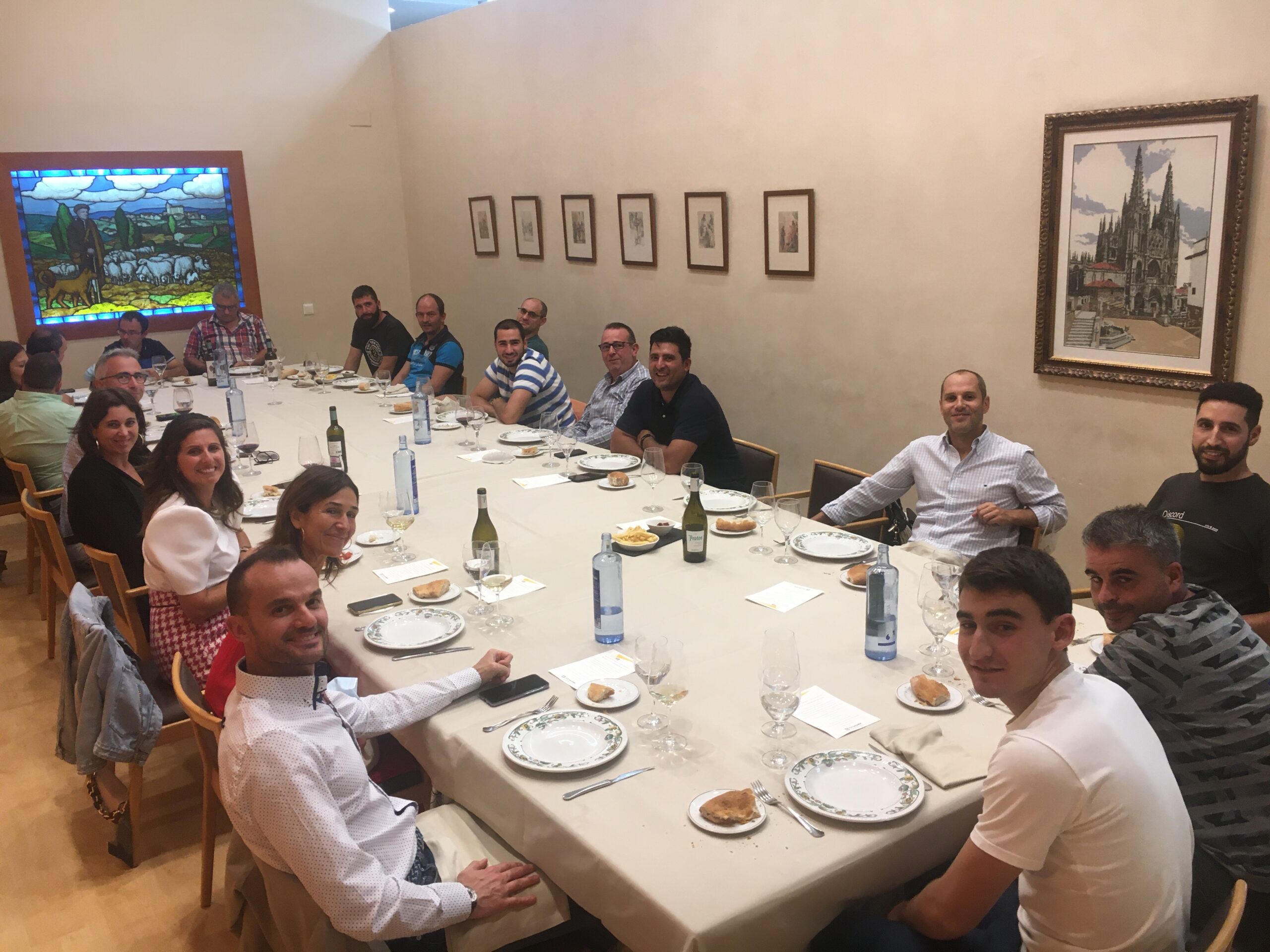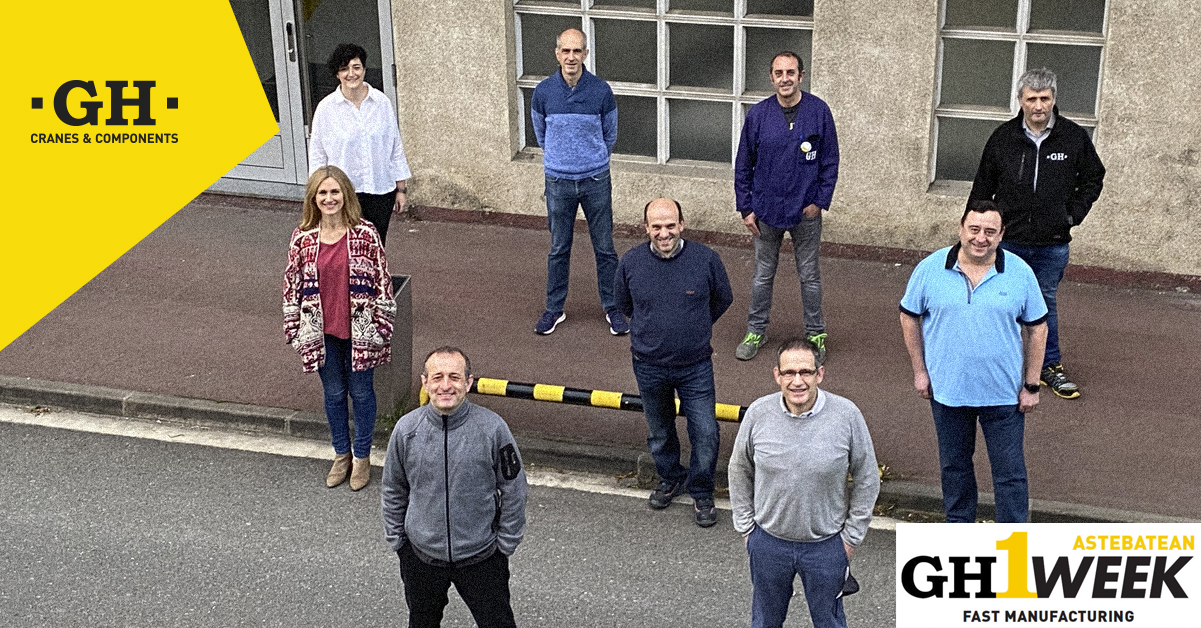Based in the Service office in Olaberria, Oihana Elorriaga is one of the members of the team responsible for offering a fast and efficient Technical Support Service across the five continents. We chat with her to give her a chance to tell us more about her work and about the new GH Real time digital plans.
Tell us about how you started working at GH
I started working at GH in January 2008 in administration in the Olaberria office to cover a maternity leave. Previously, I taught management to advanced and intermediate level vocational training students. When the opportunity to work at GH arose, I thought it was a good time to leave teaching and start working in a company, as that was really what I had studied for. After covering the leave, I was offered a position in the Global Service team, and I was delighted to accept.
What did you know about GH before starting to work for the company? What was your first impression?
To be honest, before joining GH I didn’t know much about the company, and much less about cranes. But that wasn’t a problem. At GH the doors to all the offices are always open and everyone is happy to teach you and help you if you have any questions or don’t know something. From the beginning, I worked surrounded by professionals with a great deal of technical knowledge about cranes and, in the end, you learn from them.
“From the beginning, I worked surrounded by professionals with a great deal of technical knowledge about cranes and, in the end, you learn from them”
What does your work and that of your team consist of?
At Central Services we are a team of about twelve people whose job it is to establish the Global Service business strategy, both nationally and internationally. At the same time, we monitor the GH branch offices and subsidiaries and continually develop improvement projects in each of our corresponding areas. My specific area is Human Resources and the Management System.
The GH Global Service is implemented in Spain but also in the USA, Brazil, Mexico, Poland, etc. Is it complicated to work with teams so far from your office?
In Olaberria we establish the guidelines in terms of management processes, planning, decision-making, etc. But then the work is carried out independently in each market unit. Although we have a single management model, each Global Service implementation is adapted to the needs and characteristics of its market.
“Although we have a single management model, each Global Service implementation is adapted to the needs and characteristics of its market”
Of all the implementations, which one was the biggest challenge for you?
At an international level, I’ve participated in the implementations in Poland, Brazil, France and Mexico. The last of these was perhaps the most complex, since we included both the Global Service component and the crane sales component in the same system. In Spain, for example, the sale of cranes is managed with one system and the Global Service with another. In contrast, Mexico was the first implementation in which we created a hybrid system that covered both the sale and manufacture of cranes as well as the technical support service.
Why is Global Service so important for GH? What is special about this service compared to the competition?
Global Service allows GH to be close to the customer, an added value that has a positive impact on the rest of the GH Group. Compared to the competition, the GH Global Service stands out in two aspects: speed and digitisation.
Having so many branches allows us to offer a fast and local service wherever we are located. And in the area of digitisation, GH has developed Corebox, a datalogger installed on our cranes that collects data and operating parameters from their different devices. Thanks to this, we can predict when a breakdown might occur in the crane and avoid unscheduled stops.
“Compared to the competition, the GH Global Service stands out in two aspects: speed and digitisation”
What is the most important project for your department in the short term?
GH Realtime, without a doubt. We’ve just launched it and we’re in the start-up and training phase for the branches. It’s a very important challenge because it represents a new service in the business catalogue for GH. Our mission now is to develop a good implementation strategy, both nationally and in the rest of the world.
Explain a little about what GH Realtime consists of and what it will offer GH customers
GH Realtime is a new service from GH. Thanks to the Corebox installed in our cranes, the Service is provided with data on their operation. This information is analysed together with the technical and useful life studies of the components, to offer predictive and personalised services to each customer.
Does the challenge scare you?
Rather than scaring me, it appeals to me. It’s one of the things that I like most about working at GH – that every so often new challenges like this arise. I’m also lucky to have very good colleagues with whom it’s very easy to work as a team. We always listen to each other’s opinions. Each of us contributes our vision and knowledge and we make all the decisions as a team.





